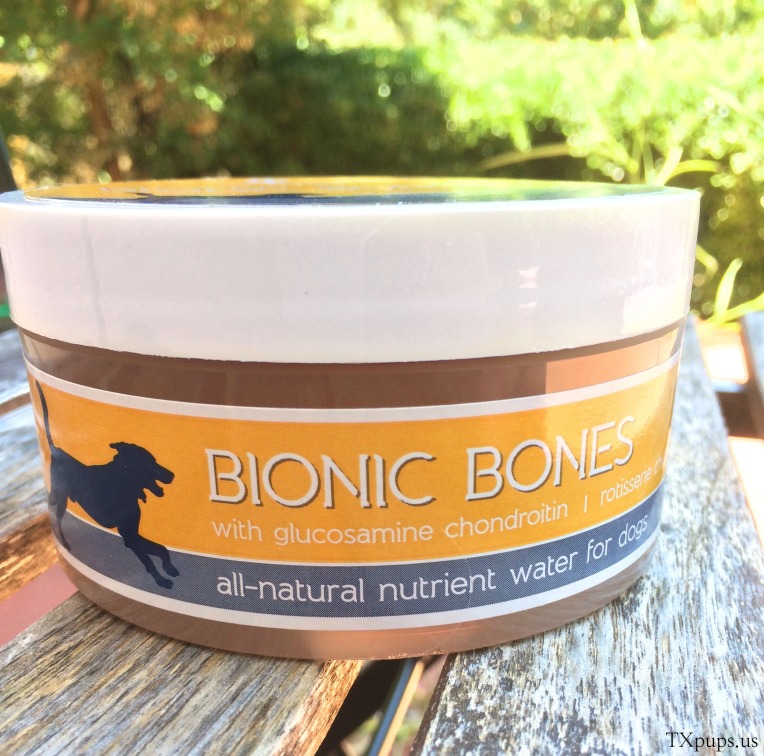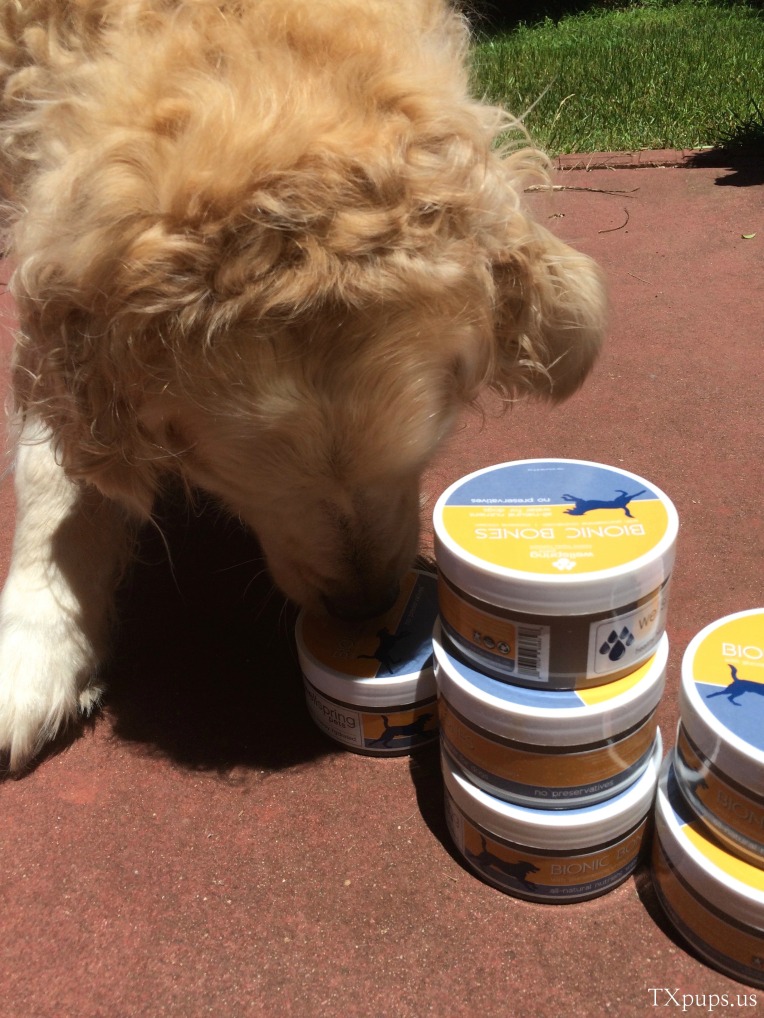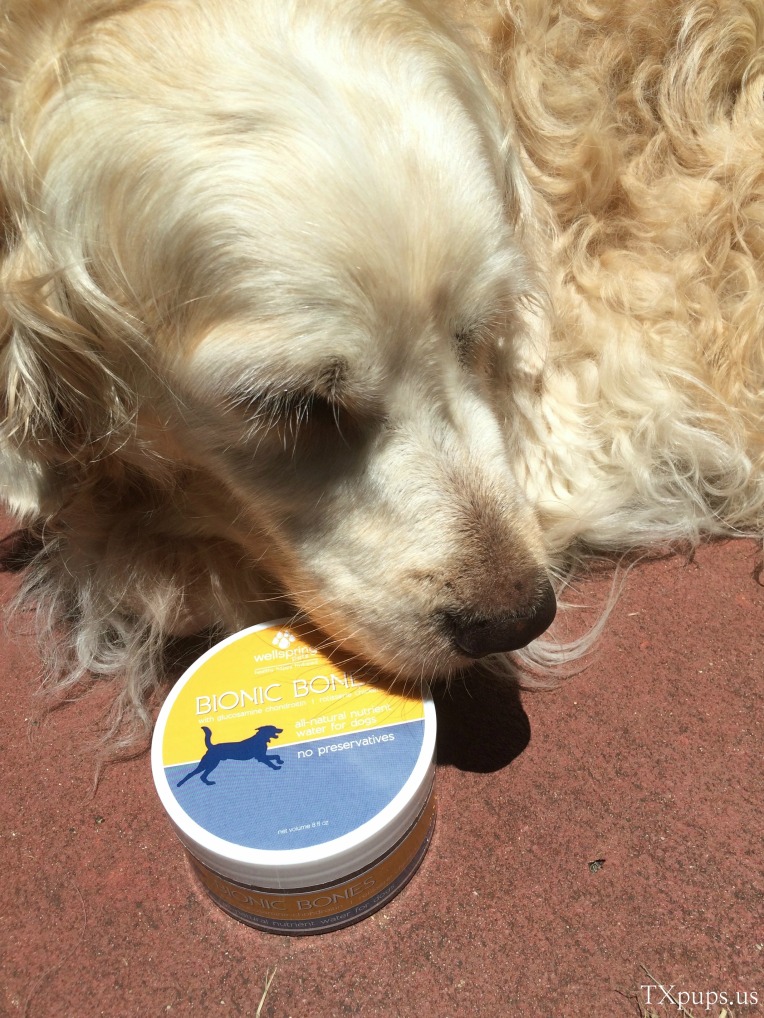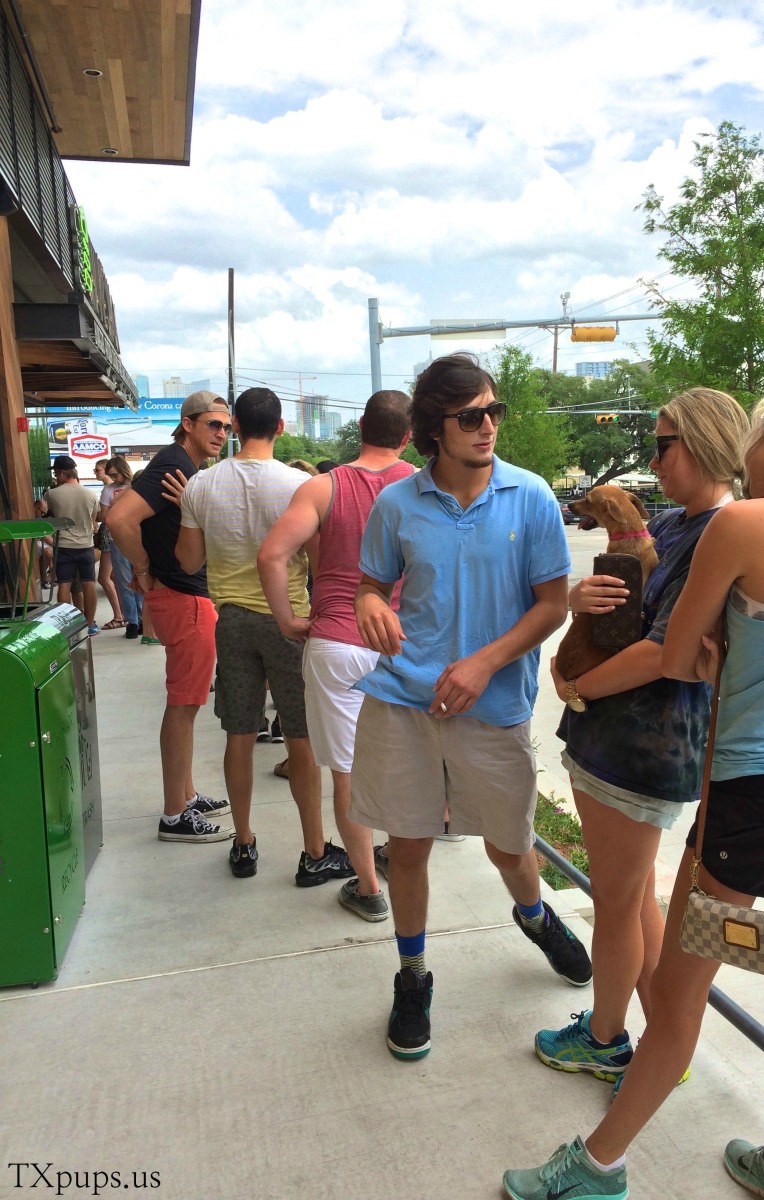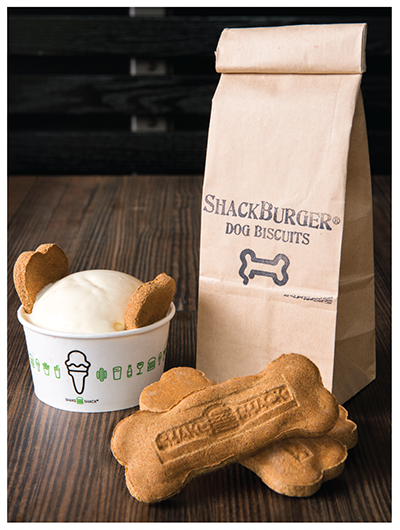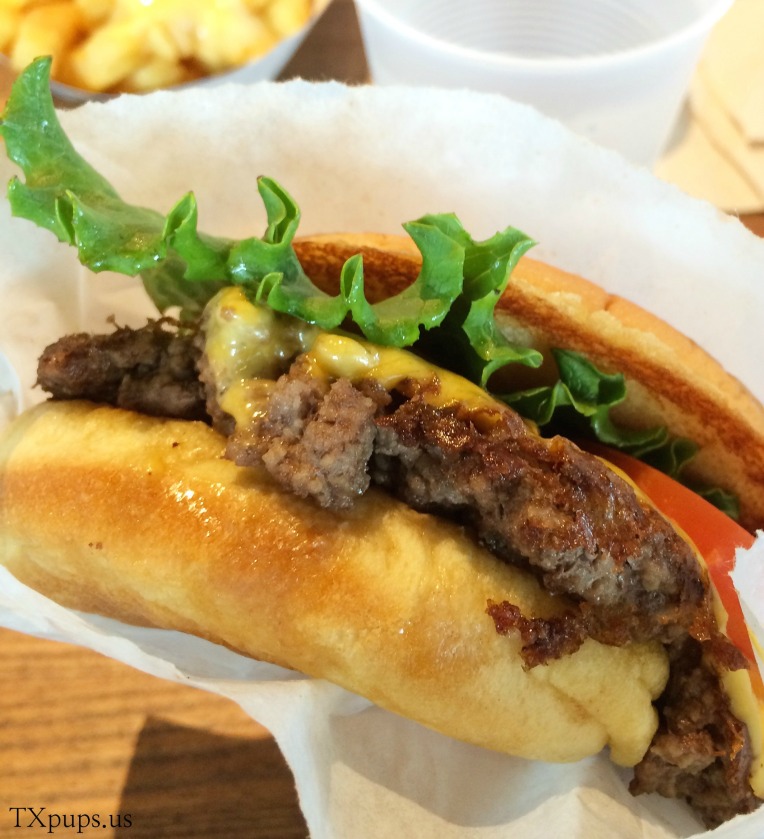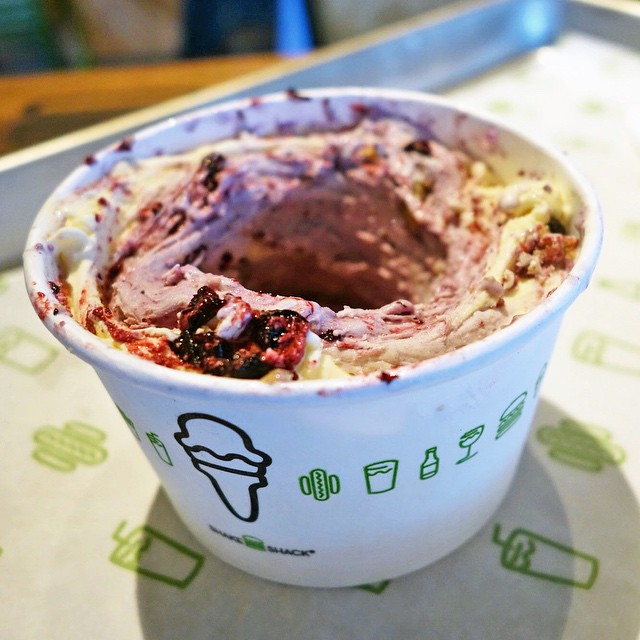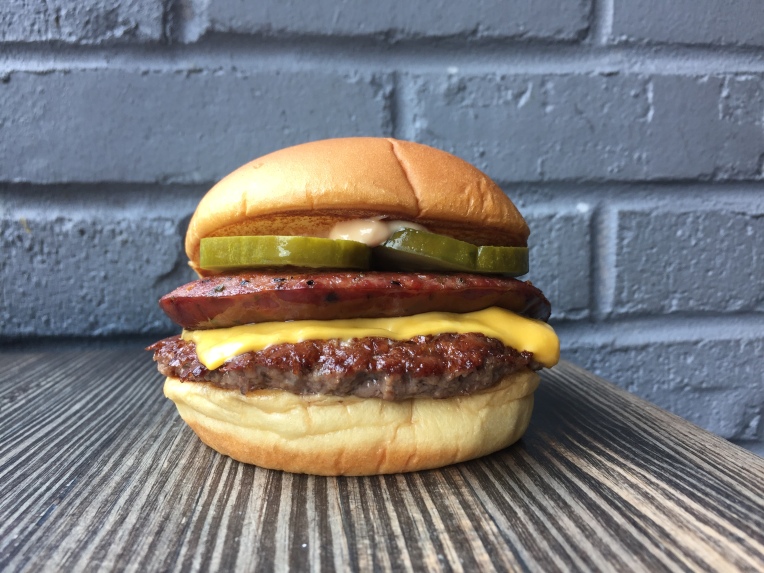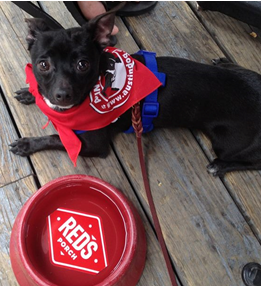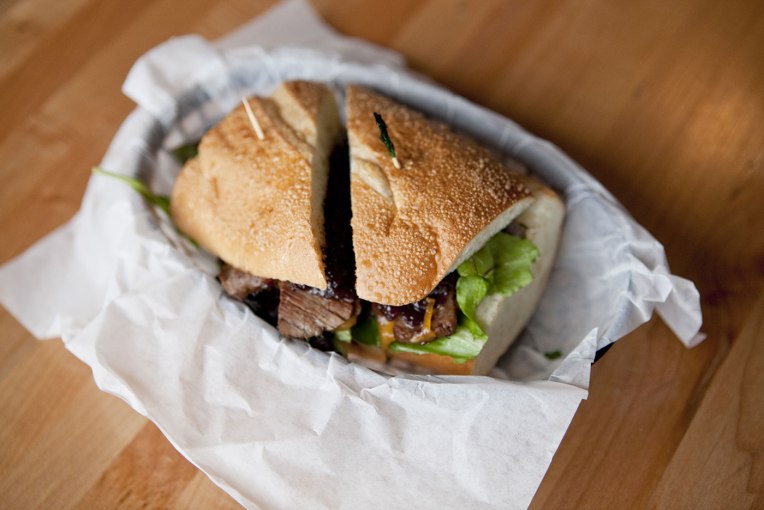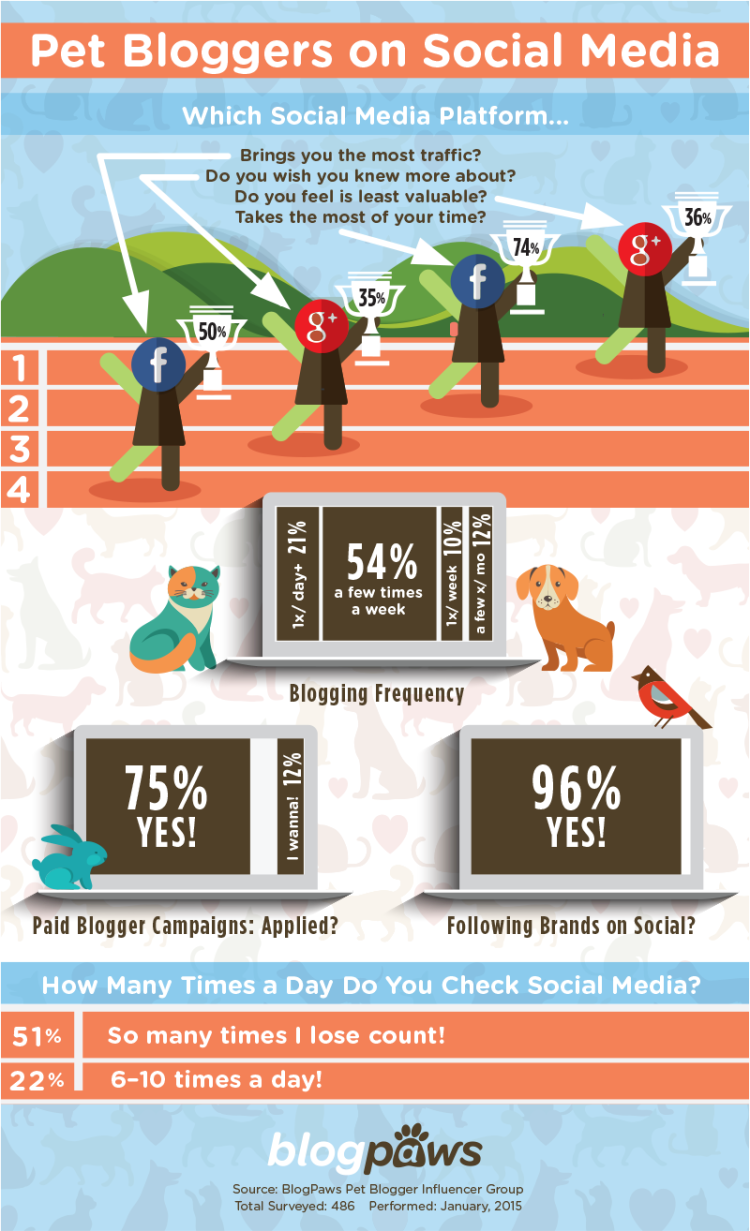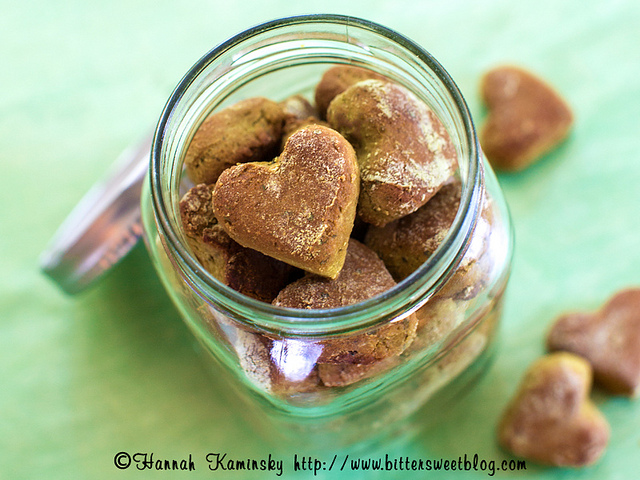
Doga, one of the newest ways to perform yoga. Yet this special style has a small twist, it’s with your dog. To learn more about doga, we talked to Suzi Teitelman, the creator of Doga and founder of Doga Dog, and one of her students, Nicole Vykoukal, a psychotherapist and founder of local Austin Doga.
TXpups: What is Doga?
Suzi: Doga is a partner yoga class for you and your dog. It is a normal yoga class, nothing is really different except you are including your pup.
Nicole: Doga is yoga with your best friend, your dog. In doga you practice asana (yoga poses) and mindfulness with your canine companion by your side. During doga class your dog can expect to receive plenty of praise, attention, love and gentle massage.
How long have you taught Doga?
Suzi: Since 2001, when I adopted Coali, my black cocker spaniel in NYC.
Nicole: About 5 years.
How do you think Doga affects the dog and human?
Suzi: Doga brings the dog and the person into a different state, a state of yoga, bliss, love, and bonding. It makes us happier and calmer.
Nicole: As a doga teacher, I see doga helping people and dogs become more calm, relaxed, centered and bonded. Doga shows people how to mindfully embrace the moments of joy, comfort and love they share with their dog.
In addition to teaching doga, I am a psychotherapist. Helping people improve their mental, emotional and spiritual wellness is my passion. I see doga improving wellness for both people and dogs. More and more research points to the positive affects yoga has on people’s health and well-being. Mindfulness, breathing exercises and yoga poses can activate your parasympathetic nervous system. When your parasympathetic nervous system is activated, your blood pressure lowers, your heartbeat decreases and cortisol levels (a stress hormone) lower. Yoga helps folks struggling with, addiction, anxiety, depression and insomnia.
More and more research shows the positive affects dogs and other animals can have on people’s emotional, mental and physical health. Doga improves wellness for dogs by teaching them to be calmer and increasing their connection with their human. During doga class dogs get to interact with their human without distractions such as phones and computers.
How does Doga affect the dog?
Suzi: It makes them feel loved and cared for and brings them peace and contentment. They already have the ability to be happy and content just about all the time, and this takes them deeper. More into a state of pure bliss, dogs love being with you when you are in a good place. When you are happy and loving they love to be on the mat with you.
Nicole: My canine students are happy. After a couple of doga classes, most dogs catch on and understand that doga class is a time to settle and bond with their human.
My canine students wag their tails when they walk into doga class. They greet their fellow fido friends and then settle onto their yoga mat. They are ready to relax and bond with their person. They are ready to be in the moment (something dogs are pros at) and soak up the love and the calmness of their human.
What training does it take to become a certified Doga teacher?
Suzi: Someone who is a RYT registered yoga teacher can become a doga teacher easily. Many figure it out themselves, where others may study my DVD and manual or work with me directly. If you do not have a yoga certification, you can work with me as a mentor, and eventually know enough to teach.
Nicole: There is currently no official certification for doga teachers. I am a registered yoga teacher. I completed my yoga teacher training with Yoga Yoga in Austin. Suzi Teitelman is a doga teacher and the founder of Doga Dog. She offers mentorship and doga training. I studied Suzi’s doga material.
Why do you recommend Doga?
Suzi: It is something that everyone should be doing. Yoga is the secret weapon of the world, there is nothing like the healing powers of yoga. To combine yoga with our other secret weapon, our dogs, we only become the best we can be. Doga brings a deeper love and connection for you and your dog, it keeps both of you feeling your best and looking your best.
Nicole: As a psychotherapist and yoga teacher I am interested in helping people find ways to increase their psychological, emotional and spiritual well-being. I have seen how both spending time with companion animals and doing yoga increases people’s emotional, physical and psychological health.
Incorporating your companion animal into your yoga practice is a beautiful mix in which both you and your dog benefit. Benefits include modeling a more relaxed and calm state to your dog, bonding deeply with your dog and giving your own body, mind and soul the replenishment, nourishment and rest it craves.
Most of us are so busy. Taking time to slow down to truly be present with yourself and your dog is important to your wellbeing and your dog’s wellbeing. Life is short. Slow down and enjoy it with your dog.
